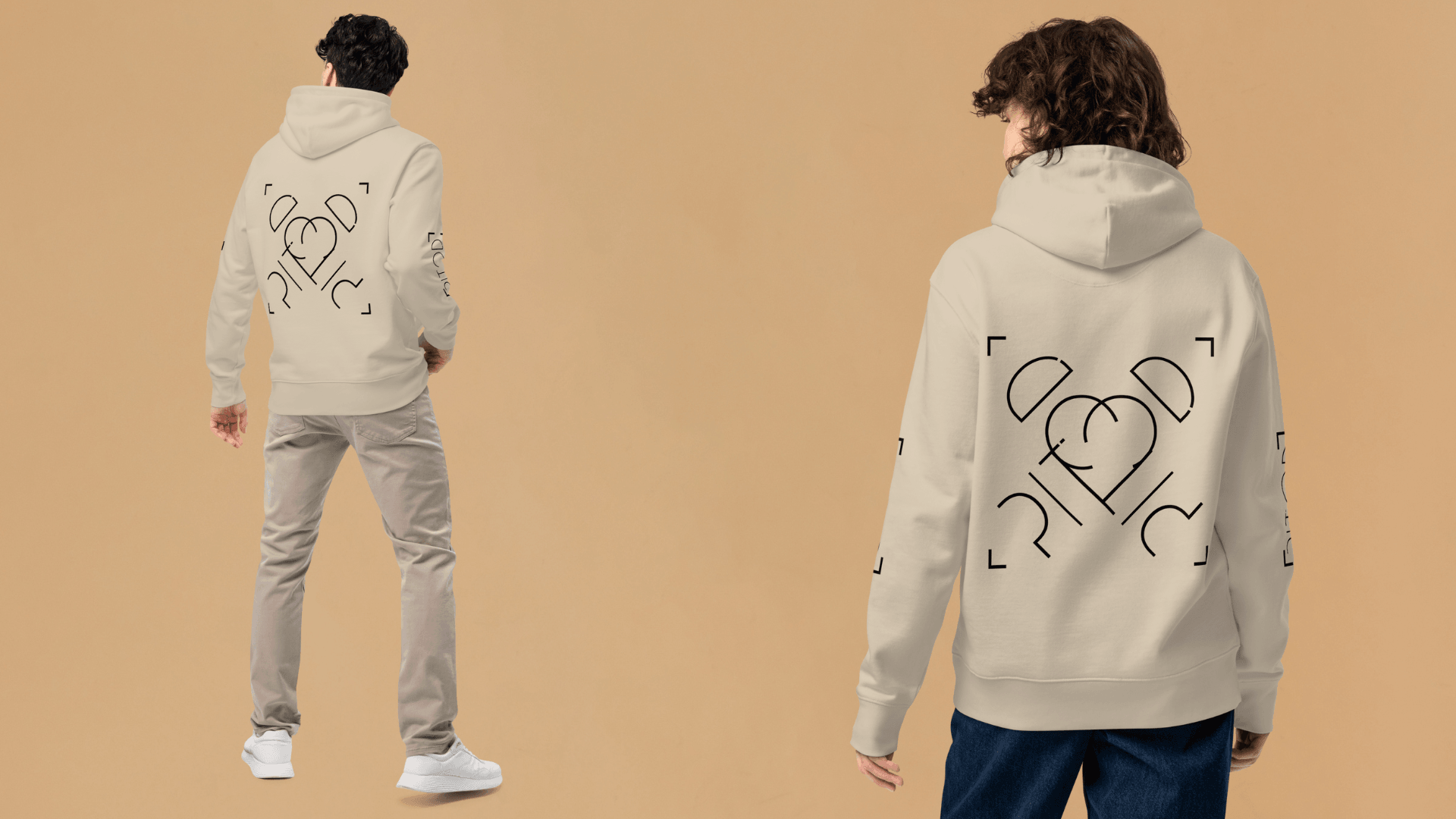
10 Ways to Make Your Wardrobe More Sustainable in 2025
The environmental cost of the fashion industry has reached unprecedented levels, with its carbon emissions, water usage, and waste threatening the planet. In 2025, we have the tools, knowledge, and responsibility to shift towards sustainable fashion. Transitioning your wardrobe to align with eco-friendly practices doesn’t have to mean sacrificing style. It’s about thoughtful consumption, better choices, and investing in items that reflect your values. At Pitod, we’re all about blending sustainability with individuality. Here's a closer look at how you can transform your wardrobe sustainably.
1. Invest in High-Quality, Timeless Pieces
Fast fashion thrives on the idea of disposability. By choosing high-quality pieces, you extend the life of your wardrobe. Look for garments that are well-constructed, with durable stitching, resilient fabrics, and timeless designs. Neutral colours and classic cuts, such as a tailored blazer or Pitod's Signature Hoodie, never go out of style and can easily be paired with other items for multiple occasions.
Beyond aesthetics, high-quality clothing saves resources over time, as fewer replacements are needed. While the upfront cost might seem higher, the cost-per-wear makes these pieces a more economical and sustainable choice.
2. Support Brands with Transparent and Ethical Practices
Ethical fashion brands often publish detailed information about their sourcing, production processes, and labour standards. When shopping, look for certifications such as GOTS (Global Organic Textile Standard) for organic cotton or Fair Trade to ensure workers receive fair pay and work in safe conditions. Pitod, for example, proudly offers clothing made from organic and recycled materials, coupled with inclusive and ethical design principles.
By supporting brands that are transparent about their environmental impact and ethical commitments, you’re actively discouraging exploitative practices and promoting a more equitable fashion industry.
3. Choose Organic and Sustainable Fabrics
Conventional fabrics, such as cotton grown with heavy pesticide use or petroleum-based polyester, wreak havoc on the environment. Organic fabrics, like GOTS-certified cotton, are grown without harmful chemicals, consume less water, and ensure better soil health. Pitod's Drawstring Bags, for example, are crafted from organic cotton, ensuring a smaller environmental footprint and biodegradability.
Recycled materials, such as recycled polyester, also play a significant role in sustainability. They reduce the need for virgin resources while repurposing waste that would otherwise end up in landfills or oceans.
4. Build a Capsule Wardrobe
The capsule wardrobe approach is a minimalist fashion philosophy built on versatile, essential items that work together. Focus on owning fewer but higher-quality pieces that align with your personal style and can easily be mixed and matched. Your capsule could include basic tees, a well-fitted pair of jeans, versatile outerwear, and a few statement pieces like Pitod’s nature-inspired t-shirts or minimalist hoodies.
The key is prioritizing functionality and flexibility. Not only will you spend less time choosing what to wear, but you’ll also curb the impulse to chase fleeting trends.
5. Repair and Upcycle Your Clothing
Fast fashion often encourages the idea that worn or damaged clothes are beyond saving. In reality, simple repairs can breathe new life into your garments. Learn how to sew a loose button, patch up small tears, or take damaged items to a local tailor.
Upcycling takes this a step further by transforming old clothing into something fresh. For example, an oversized t-shirt can become a chic tank top, or faded jeans can be converted into shorts. With creativity, upcycling can reduce waste while letting you showcase your individuality.
6. Thrift, Swap, or Buy Pre-Loved Clothing
Second-hand shopping is not just a sustainable practice—it’s a treasure hunt for unique finds. Thrift stores, vintage shops, and online platforms like Depop or Vinted offer incredible variety and quality for a fraction of the cost of new items.
Fashion swaps, where friends or communities exchange clothes, are another excellent way to refresh your wardrobe without spending or wasting. By giving garments a second (or third) life, you’re contributing to a circular economy and reducing demand for newly produced items.
7. Adopt Eco-Friendly Laundry Habits
Your laundry routine has a surprisingly large impact on the environment. Washing clothes in cold water reduces energy use, while air-drying instead of tumble-drying can significantly cut carbon emissions. Additionally, eco-friendly detergents, free from harsh chemicals, are gentler on your clothes and the environment.
Microfiber pollution, caused by synthetic fabrics during washing, is a major concern. Use a filter bag or specialized laundry ball to capture microfibers and prevent them from entering waterways.
8. Avoid Synthetic Fabrics that Shed Microplastics
Synthetic fabrics, such as polyester, nylon, and acrylic, are essentially forms of plastic. Every time you wash these materials, tiny microplastic particles are released into waterways, posing a threat to marine life and ecosystems.
Opt for natural fabrics like organic cotton, hemp, and linen, which biodegrade naturally. At Pitod, our commitment to eco-conscious design ensures we focus on biodegradable materials to reduce this harmful impact.
9. Rent or Borrow for Special Occasions
Clothing rental services have surged in popularity, and for good reason. Special occasions often call for one-time-use outfits, which can lead to waste. Platforms like Rent the Runway or Hurr Collective allow you to rent stunning outfits for weddings, galas, or parties, saving money and reducing clutter.
Borrowing from friends or family is another low-cost, eco-friendly option. It builds connections while ensuring fewer clothes go unworn in closets.
10. Say No to Fast Fashion
Fast fashion is synonymous with environmental degradation, overproduction, and worker exploitation. By choosing brands like Pitod, which prioritize sustainability, ethics, and inclusivity, you’re taking a stand against unsustainable practices. Look for slow fashion brands that produce smaller, intentional collections designed to last, and reject the cycle of overconsumption.
Every mindful decision you make as a consumer sends a powerful message to the industry: sustainability matters.
Conclusion: Sustainability is a Journey, Not a Destination
Transitioning to a sustainable wardrobe doesn’t happen overnight, but every step counts. At Pitod, we’re committed to creating eco-friendly, ethically made designs that allow you to express yourself without compromising the planet. Whether it’s investing in timeless pieces, supporting ethical brands, or adopting eco-conscious habits, your choices shape the future of fashion.
Ready to begin your journey? Explore Pitod’s sustainable collections and join the movement toward a greener, more ethical future. Together, we can make a difference—one mindful choice at a time.



Leave a comment
This site is protected by hCaptcha and the hCaptcha Privacy Policy and Terms of Service apply.